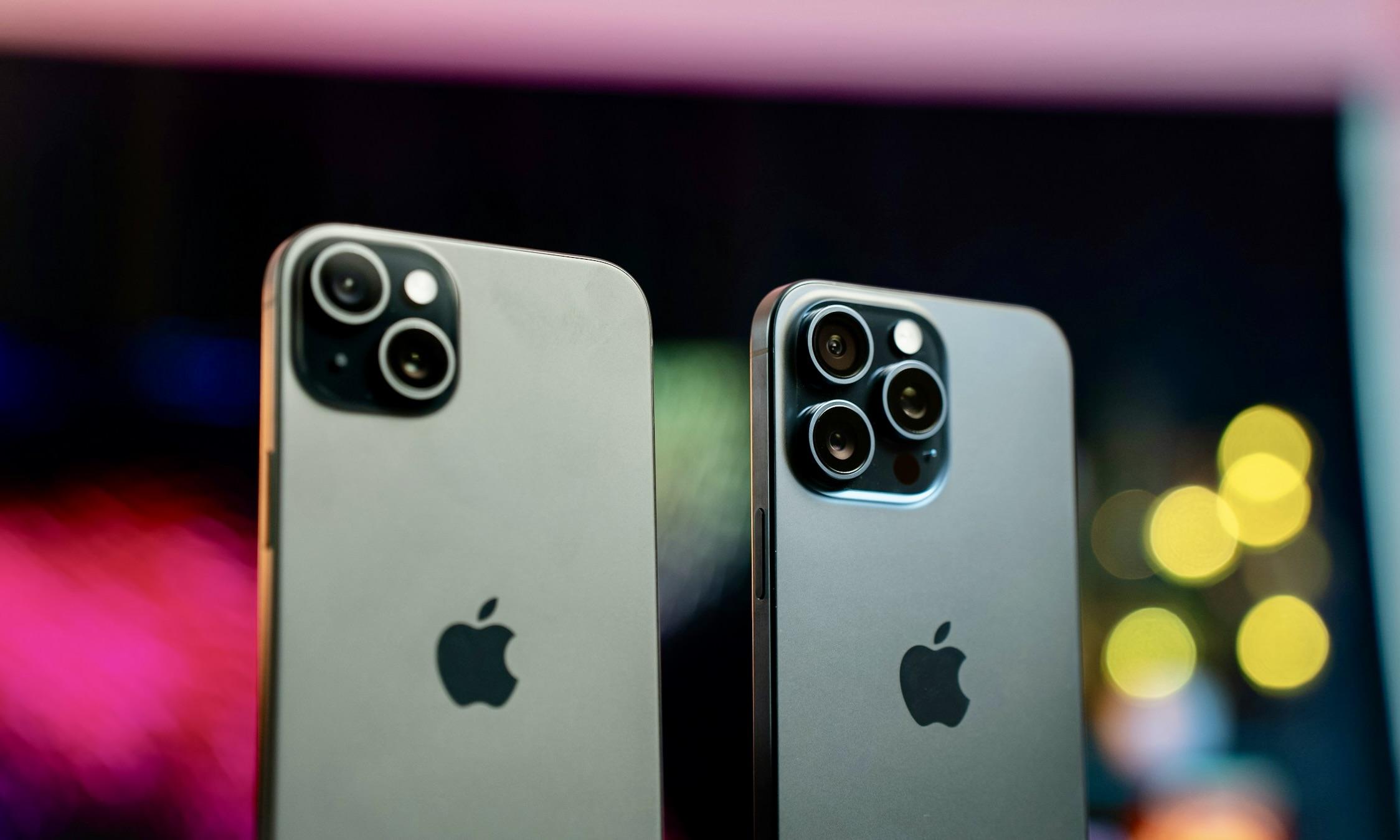Apple's A18 Pro and A18 chips, featured in the iPhone 16 lineup, are remarkably similar except for a single core difference in the GPU. The use of chip binning is part of Apple's strategy to maintain performance standards across models while emphasizing key distinctions.
Apple's Chip Binning Strategy for the iPhone 16
The 16-series iPhones use TSMC's 3nm technology, which is the second generation.
So, to sum up, Apple is treating the cheaper models as flagships in this area, but to make the 'Pro' and 'non-Pro' versions stand out, the company used chip binning, which is standard procedure in the industry.
A18 and A18 Pro: One Core Difference
As per WCCFTECH, there is one notable distinction between the A18 and A18 Pro systems on a chip (SoC). This distinction becomes apparent when one peruses the technical specifications of the iPhone 16, iPhone 16 Plus, iPhone 16 Pro, and iPhone 16 Pro Max, with the goal of understanding the number of CPU and GPU cores that differentiate the two.
Both have a total of six CPU cores, two of which are optimized for performance and four for power efficiency. A recent benchmark leak suggests that Apple has probably maintained the same architecture, since the performance core's clock speed does not exceed 4.04GHz.
Apple’s 16-Core Neural Engine for AI Processing
The A18 and A18 Pro are identical in another respect: they also use the same 16-core Neural Engine, which is developed by Apple and used for generative AI and machine learning. A 6-core GPU powers the iPhone 16 Pro and iPhone 16 Pro Max, while a 5-core component is located inside the less expensive models; this is the part that differentiates the two systems on a chip.
It is probable that the A18 Pro was mass-produced with the help of chip binning; nevertheless, the exact magnitude of the performance disparity will have to wait until next year. It is becoming more difficult to manufacture a perfect chip with modern technology since manufacturing wafers is a complex process.
If this comes as a surprise to anyone, keep in mind that Apple has tried something similar before; all four models of the iPhone 13 series had the same A15 Bionic.



 DOJ Reaches Settlement With Blackstone’s LivCor Over Alleged Rent Price-Fixing
DOJ Reaches Settlement With Blackstone’s LivCor Over Alleged Rent Price-Fixing  Nvidia to Acquire Groq in $20 Billion Deal to Boost AI Chip Dominance
Nvidia to Acquire Groq in $20 Billion Deal to Boost AI Chip Dominance  Sanofi to Acquire Dynavax in $2.2 Billion Deal to Strengthen Vaccine Portfolio
Sanofi to Acquire Dynavax in $2.2 Billion Deal to Strengthen Vaccine Portfolio  Boeing Wins $2.04B U.S. Air Force Contract for B-52 Engine Replacement Program
Boeing Wins $2.04B U.S. Air Force Contract for B-52 Engine Replacement Program  Oracle Stock Surges After Hours on TikTok Deal Optimism and OpenAI Fundraising Buzz
Oracle Stock Surges After Hours on TikTok Deal Optimism and OpenAI Fundraising Buzz  noyb Files GDPR Complaints Against TikTok, Grindr, and AppsFlyer Over Alleged Illegal Data Tracking.
noyb Files GDPR Complaints Against TikTok, Grindr, and AppsFlyer Over Alleged Illegal Data Tracking.  Texas App Store Age Verification Law Blocked by Federal Judge in First Amendment Ruling
Texas App Store Age Verification Law Blocked by Federal Judge in First Amendment Ruling  iRobot Files for Chapter 11 Bankruptcy Amid Rising Competition and Tariff Pressures
iRobot Files for Chapter 11 Bankruptcy Amid Rising Competition and Tariff Pressures  Hanwha Signals Readiness to Build Nuclear-Powered Submarines at Philly Shipyard for U.S. Navy
Hanwha Signals Readiness to Build Nuclear-Powered Submarines at Philly Shipyard for U.S. Navy  Hyundai Recalls Over 51,000 Vehicles in the U.S. Due to Fire Risk From Trailer Wiring Issue
Hyundai Recalls Over 51,000 Vehicles in the U.S. Due to Fire Risk From Trailer Wiring Issue  Italy Fines Apple €98.6 Million Over App Store Dominance
Italy Fines Apple €98.6 Million Over App Store Dominance  Moore Threads Unveils New GPUs, Fuels Optimism Around China’s AI Chip Ambitions
Moore Threads Unveils New GPUs, Fuels Optimism Around China’s AI Chip Ambitions  Eli Lilly and Novo Nordisk Battle for India’s Fast-Growing Obesity Drug Market
Eli Lilly and Novo Nordisk Battle for India’s Fast-Growing Obesity Drug Market  Uber and Baidu Partner to Test Robotaxis in the UK, Marking a New Milestone for Autonomous Ride-Hailing
Uber and Baidu Partner to Test Robotaxis in the UK, Marking a New Milestone for Autonomous Ride-Hailing  Trump Administration Reviews Nvidia H200 Chip Sales to China, Marking Major Shift in U.S. AI Export Policy
Trump Administration Reviews Nvidia H200 Chip Sales to China, Marking Major Shift in U.S. AI Export Policy  John Carreyrou Sues Major AI Firms Over Alleged Copyrighted Book Use in AI Training
John Carreyrou Sues Major AI Firms Over Alleged Copyrighted Book Use in AI Training  FTC Praises Instacart for Ending AI Pricing Tests After $60M Settlement
FTC Praises Instacart for Ending AI Pricing Tests After $60M Settlement 































